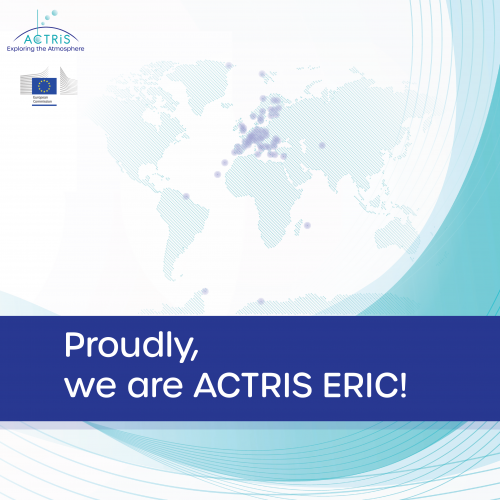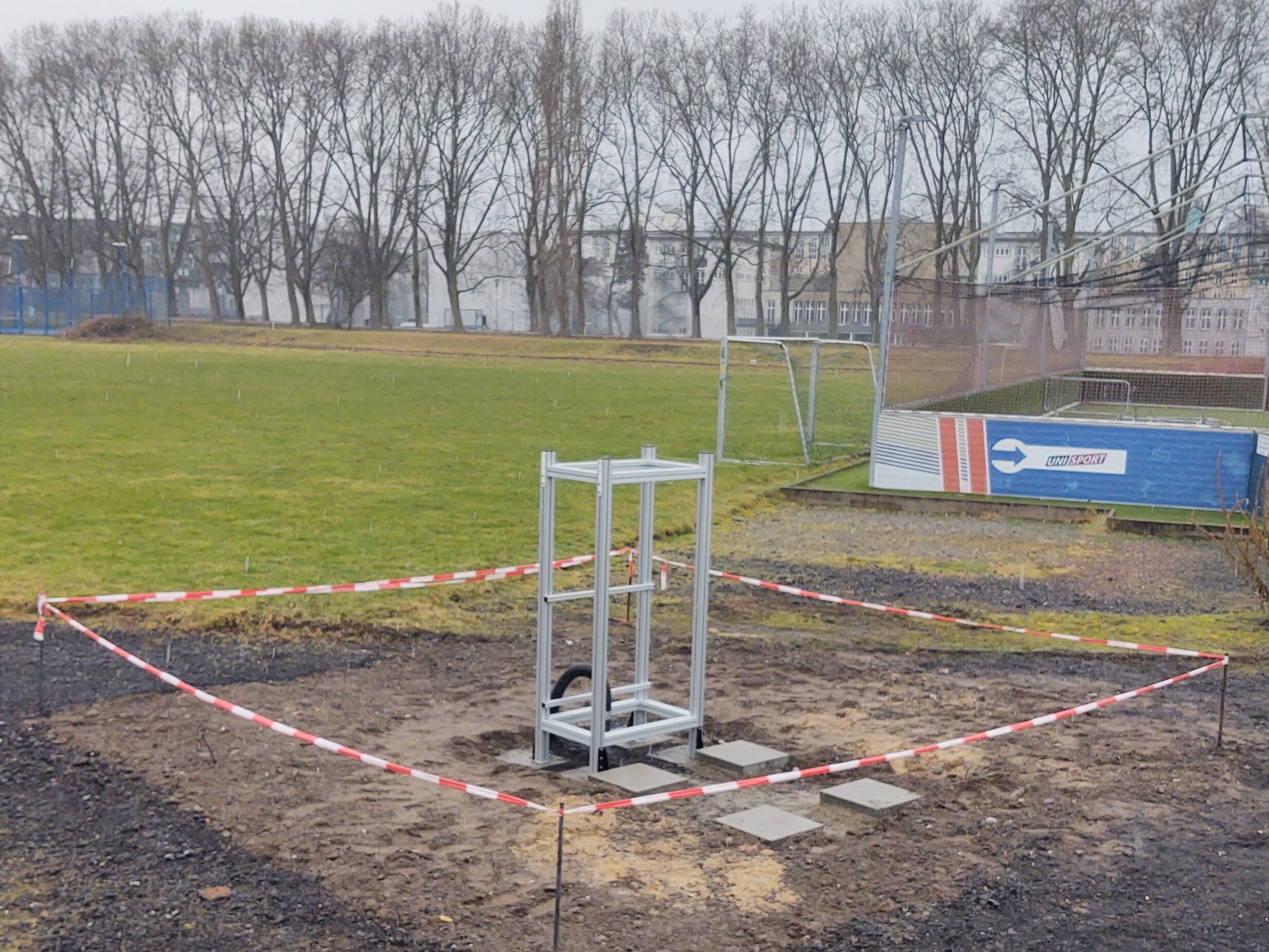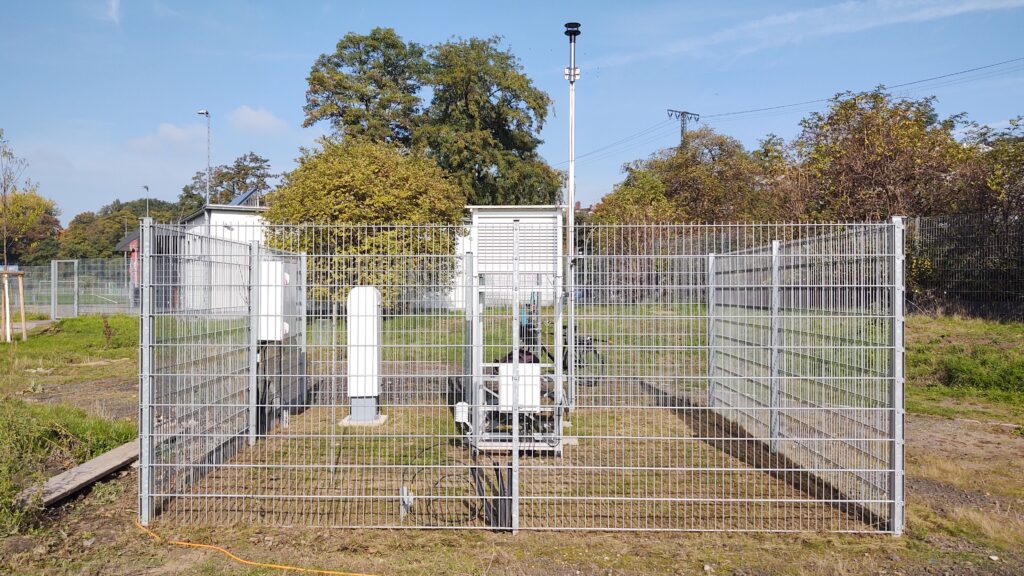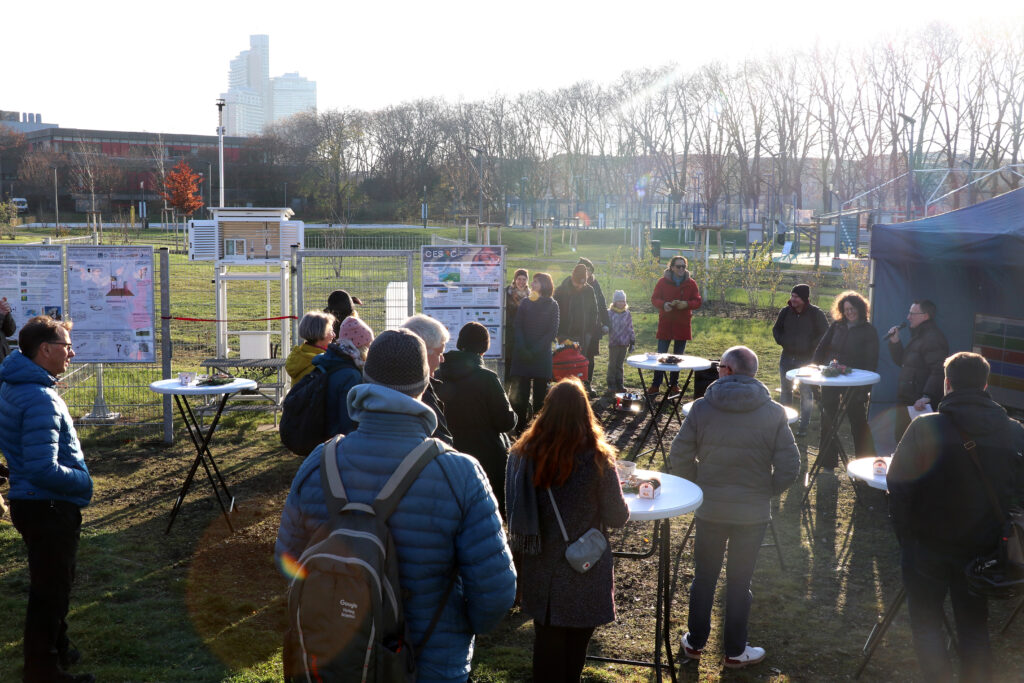
We are pleased to welcome you our new research member at the Institute of Geophysics and Meteorology at the University of Cologne, ERIC!
The European Commission has legally recognized the ACTRIS project as a European research infrastructure consortium for atmospheric research and granted it the status of a consortium, shortly known as ERIC! ACTRIS stands for Aerosol, Clouds and Trace Gases Research Infrastructure -and represents an international network of high-quality observations of variable atmospheric constituents. Long-term ACTRIS observations are thus intended to help reduce uncertainties in the diagnosis and prediction of future climate. Across Europe, more than 100 institutions are involved in ACTRIS, which together form the largest multi-site atmospheric research infrastructure in the world. For its contribution to the ACTRIS project, the Institute of Geophysics and Meteorology will receive a total of 4.5 million euros in funding from the Federal Ministry of Education and Research for a period of five years. With this funding, the cloud observation platform JOYCE, which is located at the Foschungszentrum Jülich and is a central component of the CPEX-LAB of the Geoverbund ABC/J (Geo Science Union of the Universities Aachen, Bonn and Cologne and the Forschungszentrum Jülich), will be significantly expanded to continue to observe the life cycle of clouds. JOYCE data will be quality-controlled and continuously provided to the whole ACTRIS research community So, ERIC, let’s get started!





